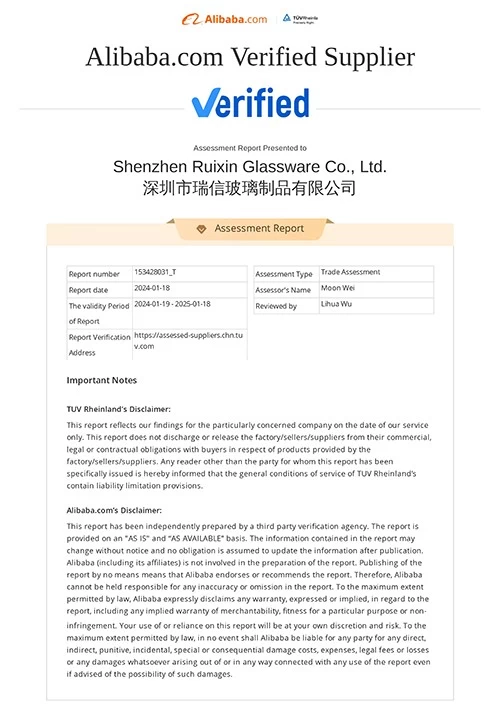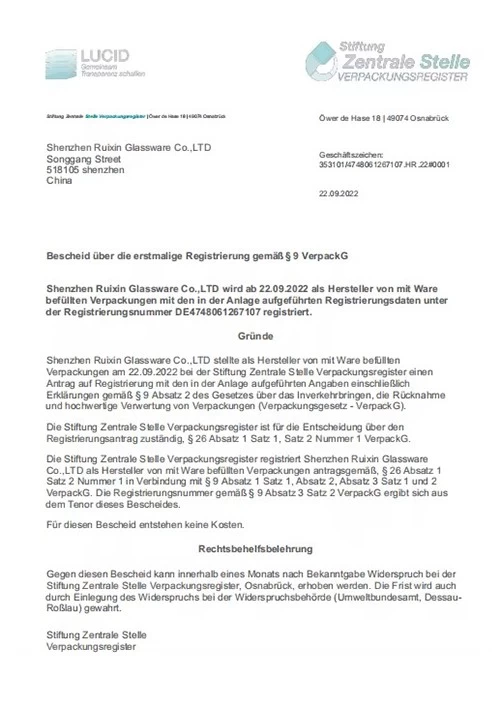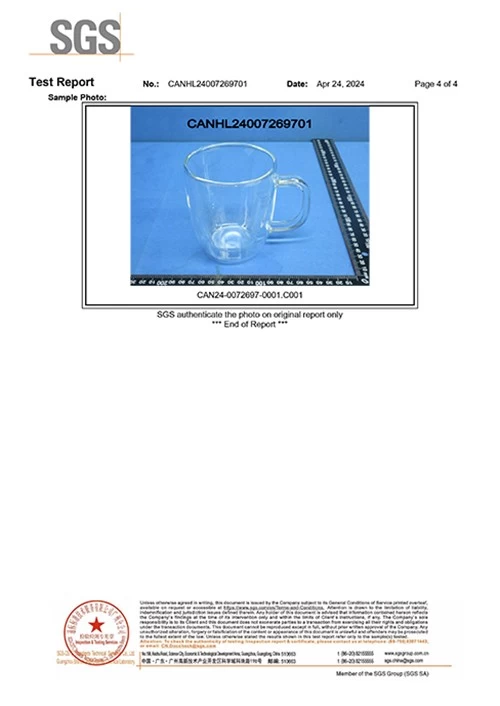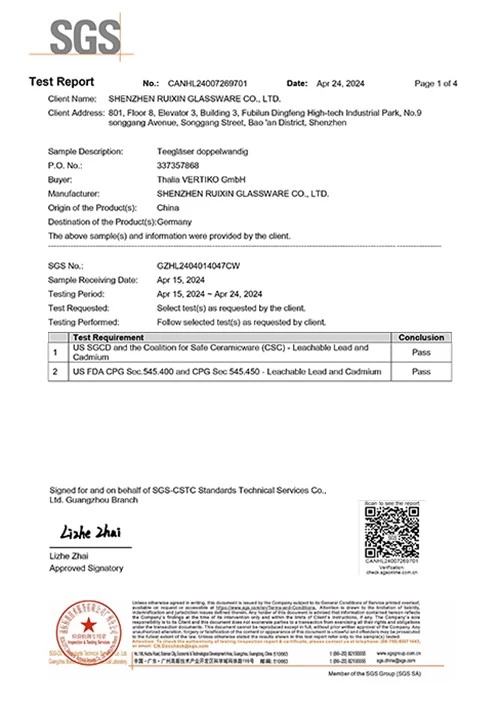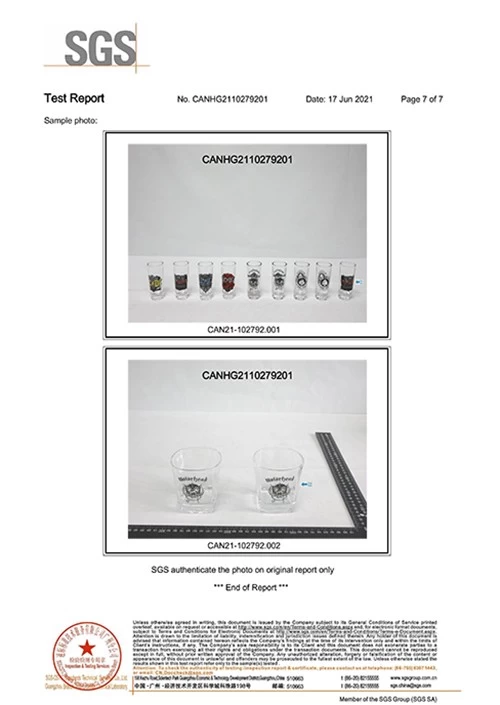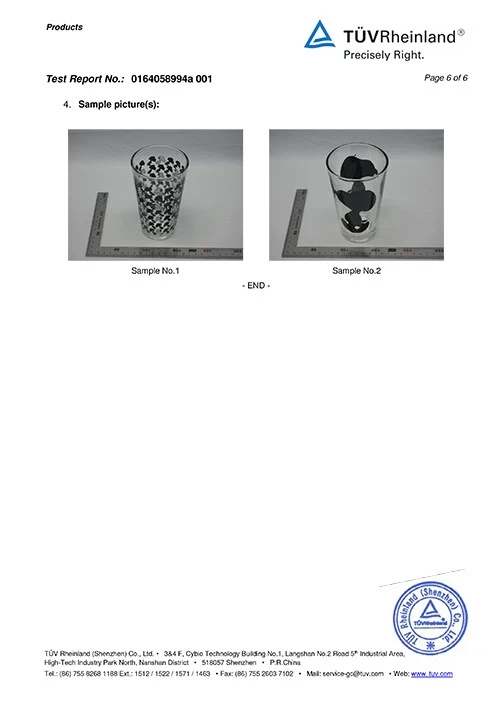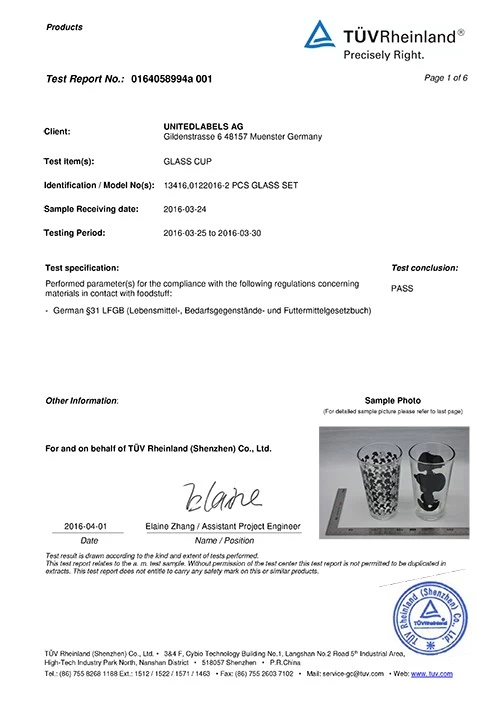The making process of drinking glass
2017-07-03 10:40:16
The main raw materials of glass are: quartz sand, limestone, feldspar, soda ash, boric acid and so on. Drinking glass production process includes batching, melting, forming, annealing and other processes.


Respectively as follows: 1. ingredients, in accordance with the design of the material sheet, weighing all kinds of raw materials, mixing in a mixing machine evenly. The main raw materials of glass are: quartz sand, limestone, feldspar, soda ash, boric acid and so on. 2., melting, the raw materials will be prepared by high temperature heating, forming a homogeneous bubble free liquid glass.

This is a complex process of physics and chemistry. The melting of glass is carried out in a furnace. There are two main types of Furnaces: one is a crucible kiln, the other is glass in the crucible, and the other is heated outside the crucible. The small crucible kiln has only one crucible, and the larger one can be more than 20 crucibles. The crucible kiln is made by gap type, and now only optical glass and color glass are produced by crucible kiln. The other is the tank furnace.
The frit is molten in the bath, and the flame is heated on the upper part of the glass. The glass melting temperature mostly in the 1300~1600 C Eve joy. Most of them are heated by flame and a few are heated by electric current. They are called electric furnaces. Now, the pool kiln is continuous production, small pool kiln can be a few meters, big can be more than 400 meters, 2. 3. forming the molten glass is converted into a solid product with a fixed shape. The process must take place within a certain temperature range. This is a cooling process.

The glass is first converted from a viscous liquid to a plastic state, and then to a brittle solid. The forming method can be divided into two categories: manual forming and mechanical forming.

